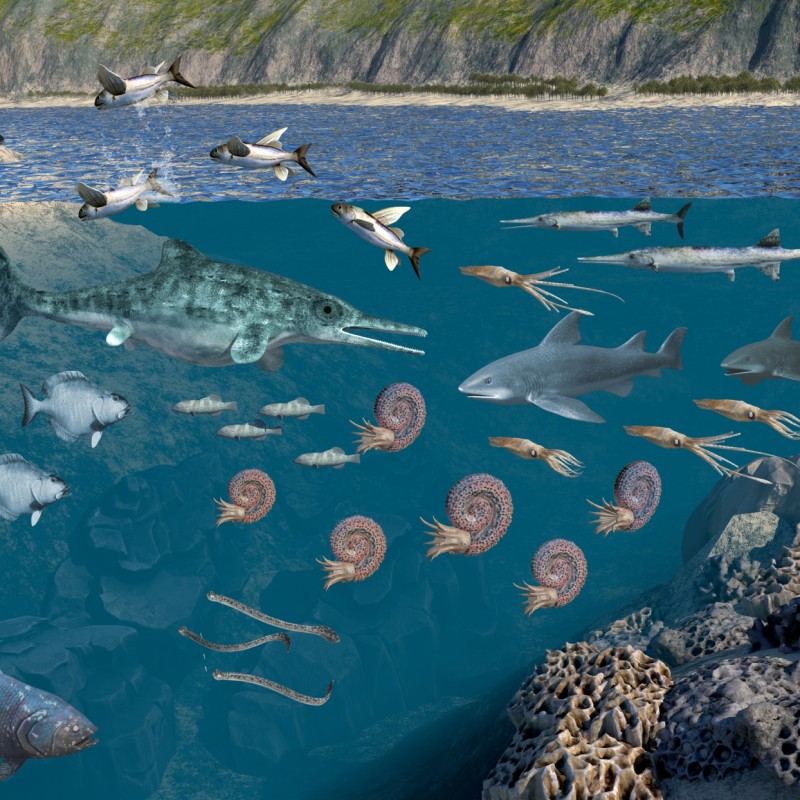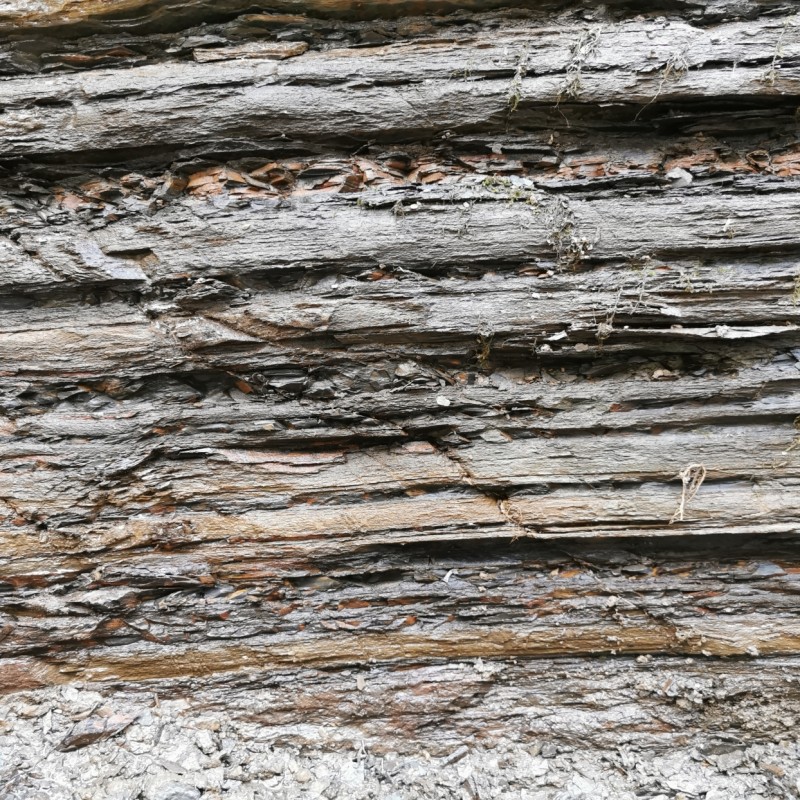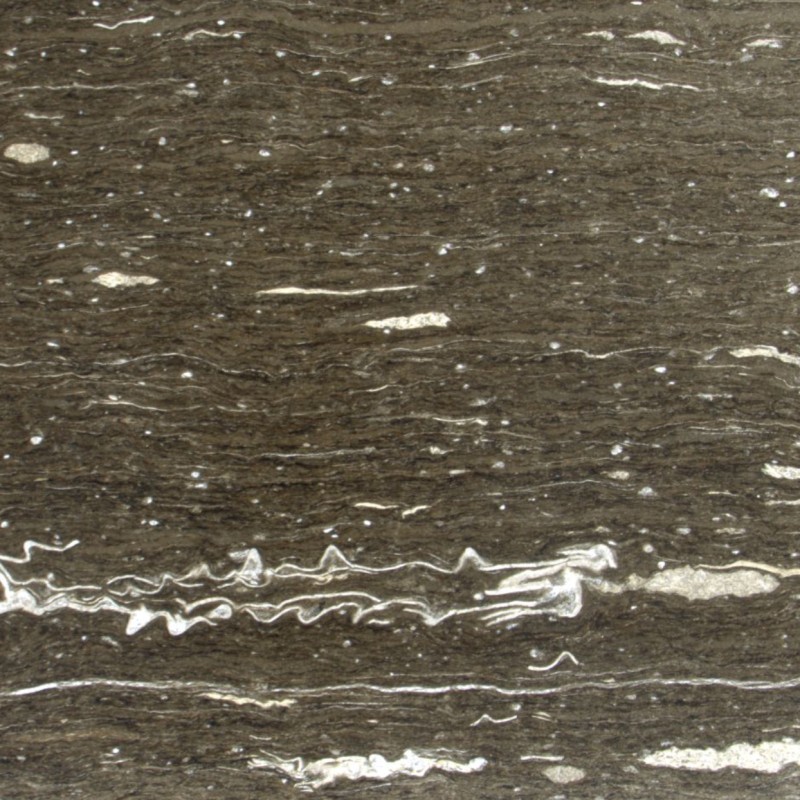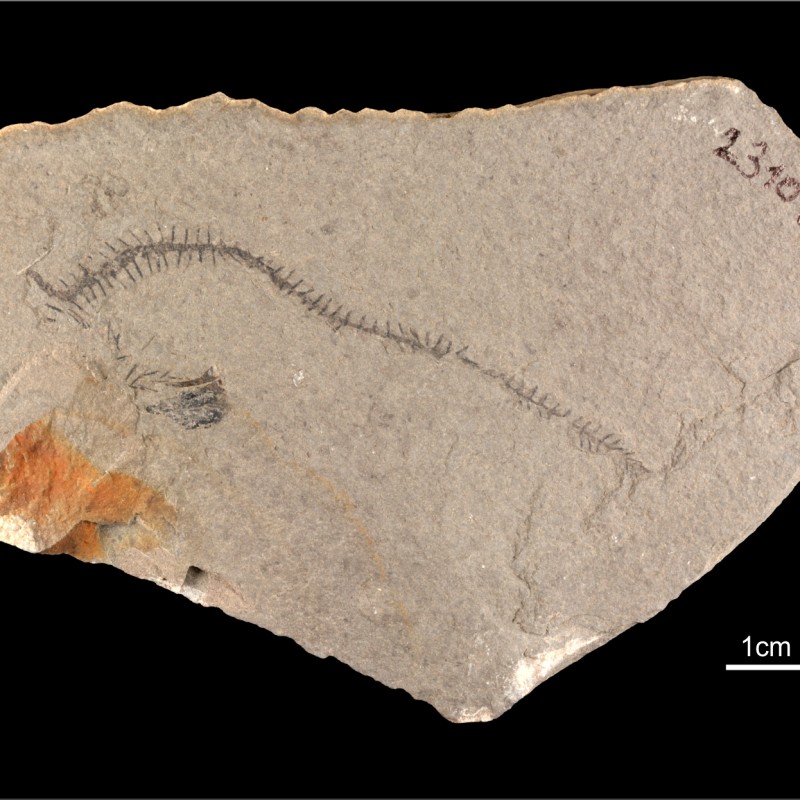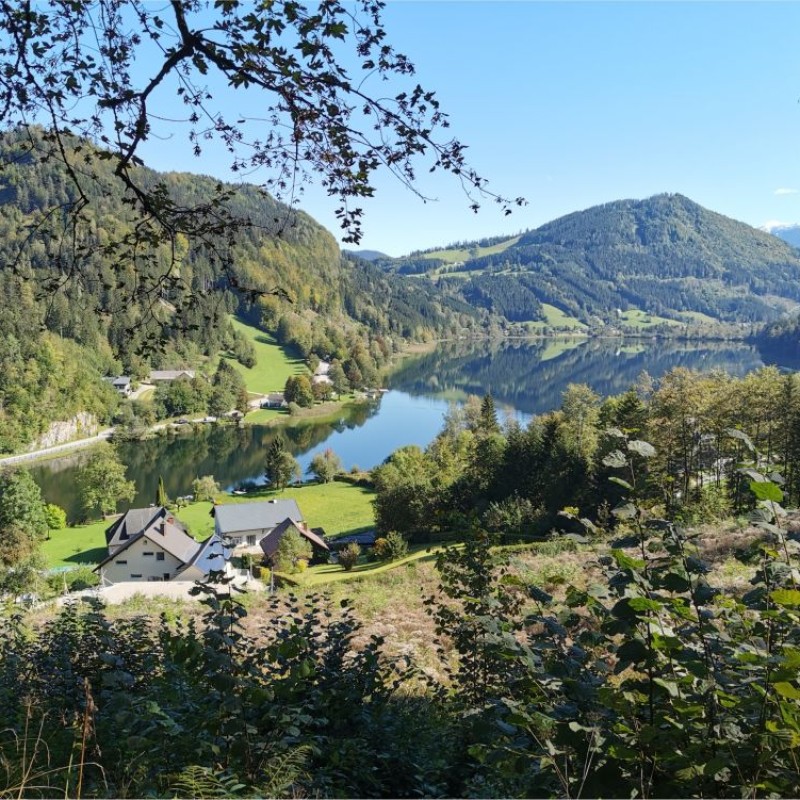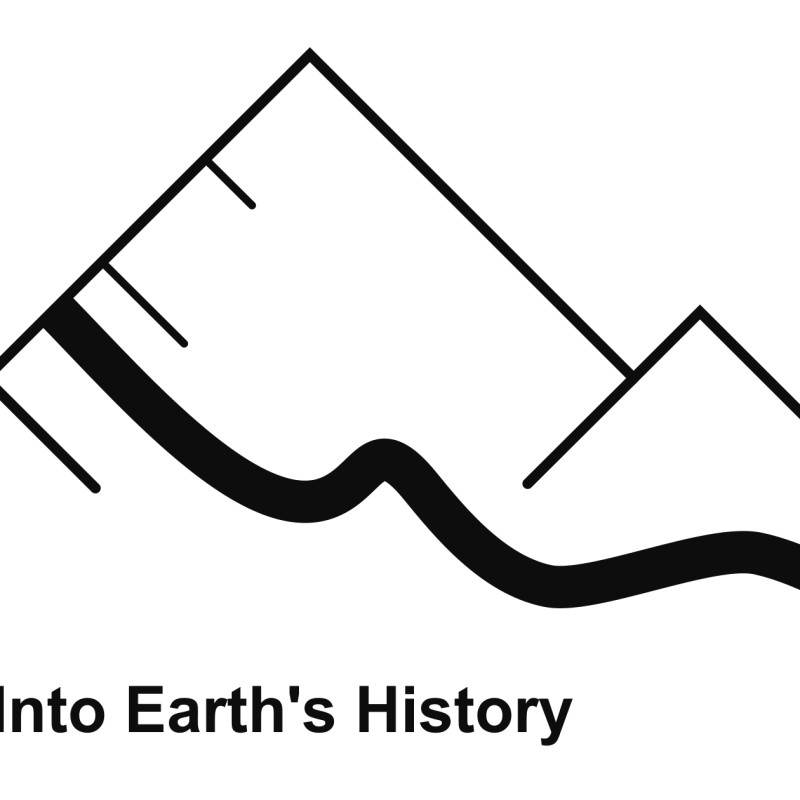New research project on global climate catastrophe during Triassic period: Drilling into the Earth’s History
03. May 2023
Under the lead of the Natural history Museum (NHM) Vienna, an international team will
spend the next three years investigating a worldwide climatic crisis that took place during the Triassic period: the Carnian
Pluvial Episode (CPE). Rocks and fossils from the Alpine Triassic bear witness to this ecological disaster, one of the largest
in the history of the planet. When it hit the planet 233-235 million years ago, this episode was marked by a climate change
that resulted in global mass extinction in the Mesozoic oceans.
For several years, the NHM Vienna has been investigating
Triassic deposits in the area of Lunz am See and Gaming (Lower Austria) in the context of a pilot project funded by the Province
of Lower Austria and the Austrian Academy of Sciences. First results show that this region not only boasts extremely well
preserved fossils, but also constitutes an archive of one of the greatest episodes of mass extinction in Earth history. Based
on these results, a new project has been launched by principal investigator Dr. Alexander Lukeneder, palaeontologist
at the NHM Vienna, encompassing not only excavations but also a core drilling.
It is only a narrow geological zone crossing the Northern Calcareous Alps in Lower Austria and Styria that contains sediments from the Carnian Pluvial Episode. The zone extends from Mödling in Lower Austria in the east to northern Styria near Großreifling and to the Styrian Eisenwurzen UNESCO Global Geopark in the west and it supplies profound insights into Austria’s Mesozoic geological history. Finely laminated, 233 million-year-old rock strata contain unique discoveries. Calcareous to clayey in nature, these black marine deposits reveal particularly well and completely preserved fossil organisms. Sites with finds of that quality are known as Konservat-Lagerstätten, and fossils found there even show partly preserved soft tissues such as muscle or cartilage.
The marine deposits of the Reifling Basin contain exquisitely preserved ammonites, squids, mussels, snails, crabs, bristle worms, various fish as well as a lungfish from the late Triassic. These rocks also revealed the world’s first evidence of squid cartilage. The great diversity of fauna discovered in tandem with the exquisite preservation of the fossils make this zone a unique treasure trove for investigating the environment of the late Triassic in order to gain new insights into the climatic conditions at the time. An international research team is now conducting in-depth investigations into this narrow geological band and its fossil remains.
Inhabitants of an inhospitable habitat
How did the climate change as a consequence of colossal volcanic events and the associated massive CO2 emissions into the atmosphere? What was the impact on ecosystems on land and in the oceans? The global CPE extended over two million years, and its consequences have been preserved in marine sediments. The fossils found in these deposits provide first insights into the marine biota of that period. The late Triassic period was marked by a greenhouse climate with monsoon-like rainfalls. As a consequence, increasing amounts of mud entered the seas, where the reefs suffocated and oxygen was depleted on the ocean floor.
In order to study this phase in the best possible way, the team conducts a core drilling in addition to the usual excavations. The drill core will recover chemically unchanged rock samples to be investigated millimetre by millimetre. It is important for the drill to hit the layers, which are often greatly deformed by the process of rock mass formation, at a perpendicular angle in order to be able to recover the drill cores without damage. The less disturbed and unchanged after millions of years the rock, the better the results of geochemical and geophysical analysis.
This international climate research project will be co-financed for three years by the Province of Lower Austria (Science and Research), the Friends of the Natural History Museum Vienna, the Mostviertel Natural History Association and the local authorities of Lunz am See and Gaming.
More on the project on the NHM Vienna homepage:
https://www.nhm-wien.ac.at/forschung/geologie__palaeontologie/forschungsprojekte/drilling_into_the_earths_history
NHM Science Talk on the CPE with Alexander Lukeneder:
https://www.youtube.com/watch?v=PKUSolKEv5g
It is only a narrow geological zone crossing the Northern Calcareous Alps in Lower Austria and Styria that contains sediments from the Carnian Pluvial Episode. The zone extends from Mödling in Lower Austria in the east to northern Styria near Großreifling and to the Styrian Eisenwurzen UNESCO Global Geopark in the west and it supplies profound insights into Austria’s Mesozoic geological history. Finely laminated, 233 million-year-old rock strata contain unique discoveries. Calcareous to clayey in nature, these black marine deposits reveal particularly well and completely preserved fossil organisms. Sites with finds of that quality are known as Konservat-Lagerstätten, and fossils found there even show partly preserved soft tissues such as muscle or cartilage.
The marine deposits of the Reifling Basin contain exquisitely preserved ammonites, squids, mussels, snails, crabs, bristle worms, various fish as well as a lungfish from the late Triassic. These rocks also revealed the world’s first evidence of squid cartilage. The great diversity of fauna discovered in tandem with the exquisite preservation of the fossils make this zone a unique treasure trove for investigating the environment of the late Triassic in order to gain new insights into the climatic conditions at the time. An international research team is now conducting in-depth investigations into this narrow geological band and its fossil remains.
Inhabitants of an inhospitable habitat
How did the climate change as a consequence of colossal volcanic events and the associated massive CO2 emissions into the atmosphere? What was the impact on ecosystems on land and in the oceans? The global CPE extended over two million years, and its consequences have been preserved in marine sediments. The fossils found in these deposits provide first insights into the marine biota of that period. The late Triassic period was marked by a greenhouse climate with monsoon-like rainfalls. As a consequence, increasing amounts of mud entered the seas, where the reefs suffocated and oxygen was depleted on the ocean floor.
In order to study this phase in the best possible way, the team conducts a core drilling in addition to the usual excavations. The drill core will recover chemically unchanged rock samples to be investigated millimetre by millimetre. It is important for the drill to hit the layers, which are often greatly deformed by the process of rock mass formation, at a perpendicular angle in order to be able to recover the drill cores without damage. The less disturbed and unchanged after millions of years the rock, the better the results of geochemical and geophysical analysis.
This international climate research project will be co-financed for three years by the Province of Lower Austria (Science and Research), the Friends of the Natural History Museum Vienna, the Mostviertel Natural History Association and the local authorities of Lunz am See and Gaming.
More on the project on the NHM Vienna homepage:
https://www.nhm-wien.ac.at/forschung/geologie__palaeontologie/forschungsprojekte/drilling_into_the_earths_history
NHM Science Talk on the CPE with Alexander Lukeneder:
https://www.youtube.com/watch?v=PKUSolKEv5g

